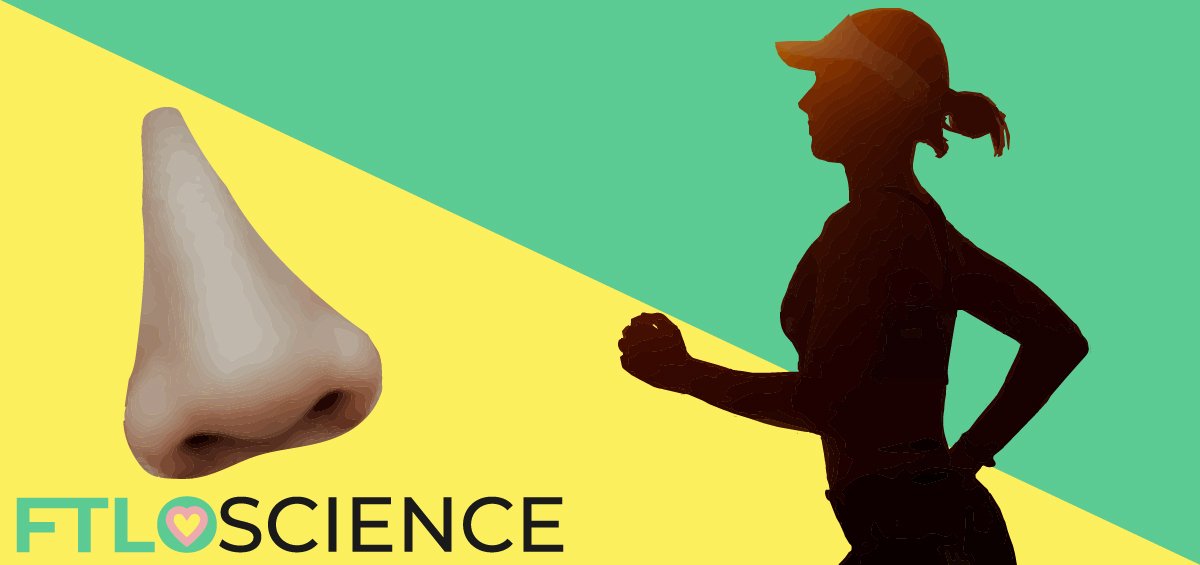We all know exercise is good for us. But as much as you might want to go for a jog right now, you might be suffering from a condition that isn’t widely known. This somewhat rare condition is known as
What is Exercise Induced Rhinitis?
Symptoms and Prevalence
As the name suggests, exercise induced rhinitis is a nasal congestion caused by the exertion of exercise. Other common symptoms of
While this may be the true cause of rhinitis for some people, athletes who undergo rigorous exercise schedules show a higher prevalence
Furthermore, certain sports seem more likely to trigger rhinitis than others; these include swimming (where

Besides being just plain annoying,
Causes of Exercise Induced Rhinitis
As this is caused by water loss from airway surfaces, it is made worse by the increased movement of air that occurs during exercise. Environmental irritants also play a role, such as in the case of swimmers, who may suffer exposure to known irritants such as nitrogen trichloride4.
Although some cases of
Management of Rhinitis and Symptoms
At present, there is no way to cure
Ensuring a Clean Environment
Therefore, a more feasible approach is to avoid exercising in environments with pollutants or irritants; this means running at the gym instead of in dusty outdoor environments (although – from the author’s experience – running indoors does not prevent
Swimming in the ocean or in lakes instead of chlorinated pools might help, or even using a nasal clip while swimming to avoid breathing in chlorine byproducts through the nose.

Medical Treatment
There is also the possibility of using medication to reduce the symptoms. Such medications include leukotriene receptor antagonists (which are used in the treatment of asthma), nasal corticosteroids (which are also used to treat asthma and nasal allergies and have anti-inflammatory effects) and decongestants (which require usage moderation, since long term use could result in elevated heart rates and blood pressure and decreased effectiveness of the treatment)2.
Living with Exercise Induced Rhinitis
Thanks to major public health campaigns such as the UK’s ‘This Girl Can’ and Australia’s ‘Measure Up’, most of us will know that exercise is an important part of maintaining good health. Regular vigorous exercise reduces the risk of coronary heart disease and prevents Type II diabetes, osteoporosis and hypertension5.
Physical activity also provides psychological benefits by alleviating symptoms of depression, anxiety and panic disorder. Furthermore, incorporating running into daily routines can actually be a form of therapy, alongside psychological therapy and medication6. For those who suffer from exercise induced rhinitis, though, they have to overcome more than just laziness to enjoy the benefits of regular exercise.
Until more research on this condition is available, it appears that some of us will simply need to avoid swimming in chlorinated pools and exercising in the cold. Luckily, over-the-counter nasal decongestant sprays can provide temporary relief, with prescription drugs available for severe rhinitis.
In any case, make sure to keep a pack of tissues with you—it will probably come in handy the next time your nose runs while you do!

Reference
- Hope, M. T., & Yao, L. (2018).
Exercise-Induced Rhinitis: A Prevalent but Elusive Disease. Annals of Allergy, Asthma & Immunology, 121(5), S128-S128 - Steelant, B., Hox, V., Hellings, P. W., Bullens, D. M., & Seys, S. F. (2018). Exercise and Sinonasal Disease. Immunology and Allergy Clinics of North America, 38(2), 259-269.
- Alves, A., Martins, C., Delgado, L., Fonseca, J., & Moreira, A. (2010). Exercise-induced rhinitis in competitive swimmers. American Journal of Rhinology and Allergy, 24(5), e114-e117.
- Anderson, S. D., & Daviskas, E. (2000). The mechanism of exercise-induced asthma is . . . Journal of Allergy and Clinical Immunology, 106(3), 453-459.
- Silvers, W. S., & Poole, J. A. (2006). Exercise-induced rhinitis: a common disorder that adversely affects allergic and nonallergic athletes. Annals of Allergy, Asthma & Immunology, 96, 334-340.
- Powell, K. E., & Paffenbarger, R. S., Jr. (1985). Workshop on Epidemiologic and Public Health Aspects of Physical Activity and Exercise: A Summary. Public Health Reports (1974), 100(2), 118-126.
- Fontaine, K. R. (2000). Physical Activity Improves Mental Health. Physician and Sportsmedicine, 28(10), 83-84.
About the Author

Linda is a writer with a love for physics, chemistry and debunking science misconceptions. She holds a Bachelor of Science and a Master of Publishing. Her hobbies include photography, hiking and watching Netflix on a Saturday night.




